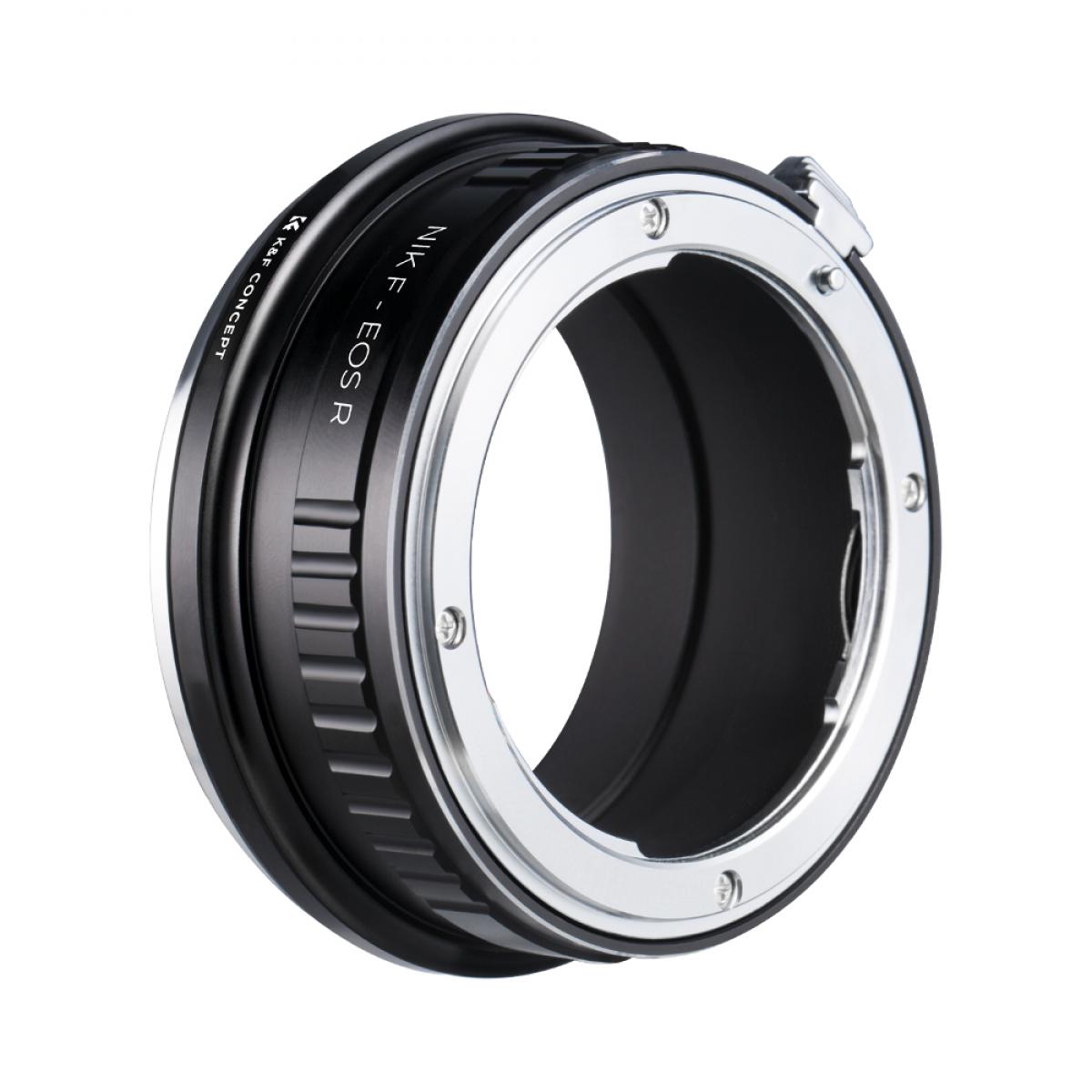
Why could not they all call it the same way? It is primarily done for branding/marketing reasons, to differentiate themselves from the competition. Canon uses the term “Image Stabilization” (IS) for their lenses, Nikon uses the term “Vibration Reduction” (VR) for their lenses and other companies like Sigma use the term “Optical Stabilization” (OS). While the naming convention is different, they all mean the same thing. You might have heard of all of these terms before and wondered if there is a difference between them. 2) Image Stabilization vs Vibration Reduction vs Optical Stabilization

Meanwhile, both Nikon and Canon continued updating their lenses with image stabilization, making more money with refreshed lenses. In addition, in-camera image stabilization did not seem to work so well with long telephoto lenses, due to the amount of sensor movement that was needed to compensate for the large shifts at long focal lengths. Because of the way a traditional DSLR camera works, the effect of sensor stabilization was not visible through the viewfinder (due to the mirror blocking the sensor). While in-camera image stabilization made a lot of sense, it also had its major pitfalls. By incorporating image stabilization into the camera body, manufacturers like Konica Minolta could at least compete with the Canon/Nikon giants that dominated both film and digital camera/lens markets.

#Canon objektiv auf nikon kamera update#
Nikon and Canon clearly had a lead in image stabilization at the time, so it would have cost a lot of money for other manufacturers to update their old lenses and catch up with Nikon/Canon offerings. In-camera image stabilization offered one big advantage over the traditional lens-stabilization technology – image stabilization worked with any lens, even with old film lenses. Konica Minolta (which was later acquired by Sony) was the first to offer sensor stabilization in its Minolta DiMAGE A1 camera and it was a matter of time until other companies started adopting sensor-based image stabilization. As digital cameras became much more functional and affordable, photographers started transitioning to digital.

Hence, while it was obvious that image stabilization was desperately needed, especially for wildlife and sports photographers, the only proper way without adding a huge cost overhead was to incorporate it into lenses rather than camera bodies. Plus, most photographers were very hesitant of switching to a digital camera after many years of shooting film. This primarily had to do with cost, because the first digital cameras were priced as high as $30K. When Canon and Nikon started offering image stabilization (Canon released its first IS lens in 1995, while Nikon’s first VR lens came out in 2000), the number of photographers using digital cameras was too small – the majority were on film. It is one thing to move a sensor inside the camera body, and another to try to move a 35mm film roll. The biggest reason why both Nikon and Canon use lens stabilization today has to do with the fact that in-camera stabilization was very costly to incorporate into film cameras in the past.

As you may already know, Nikon and Canon are both big on lens stabilization, while other camera manufacturers like Sony and Pentax have been pushing for in-camera stabilization technology (also known as body stabilization). While I am currently working on a couple of Sony camera and lens reviews, I decided to write a quick article on the differences between in-camera and lens stabilization.


 0 kommentar(er)
0 kommentar(er)
